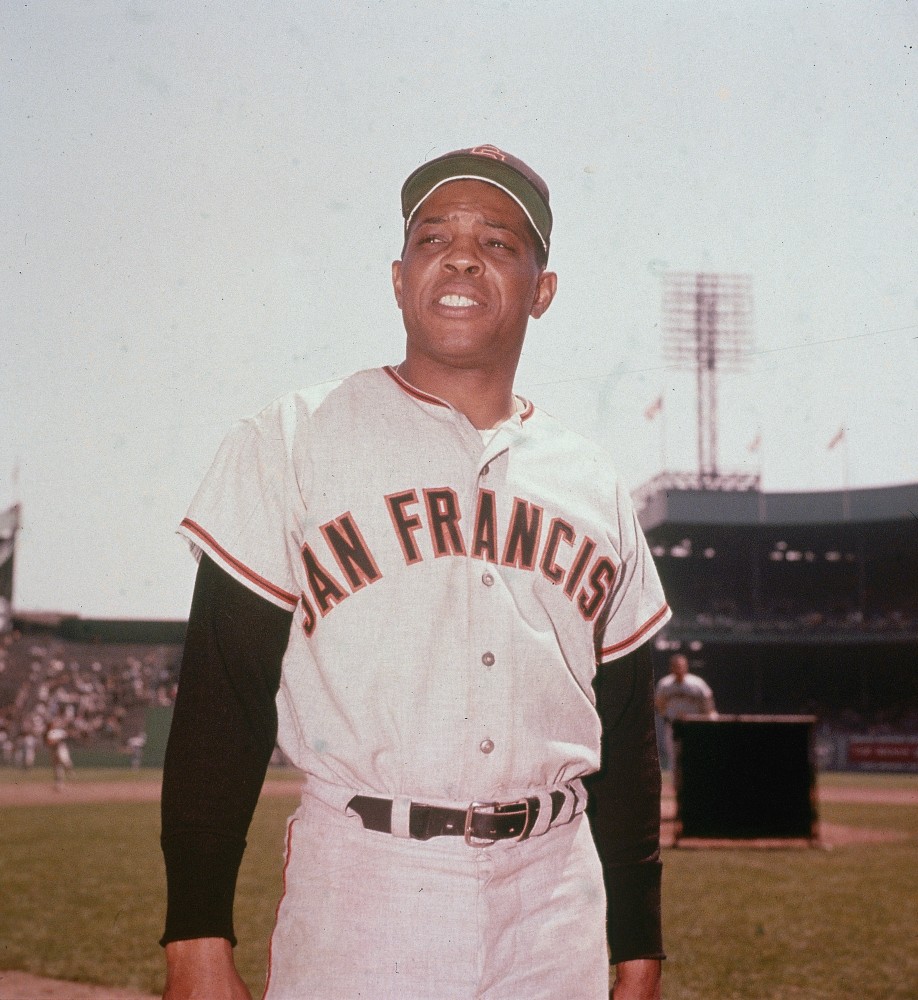
The man was the greatest all-around professional baseball player to have ever lived – better than Ted Williams, better than Hank Aaron, better than Ty Cobb, and better than the Sultan of Swat himself, Babe Ruth.
Yes, Mays, who died June 18 at the age of 93, was a more complete player than the Babe. There’s no knocking Ruth’s body of work, but his legend is rooted in his prowess for hitting long home runs in an era when not too many players could replicate that.
The “Say Hey” Kid could do everything on a baseball field. He was the definition of a five-tool player – hitting for power, hitting for average, speed, defense, and arm strength. He did it all and did it extremely well.
One of the greatest compliments a player can receive is to be respected by his team’s hated rival. The New York Giants and Brooklyn Dodgers had an intense rivalry right around the time Mays was coming up, so even for some former Dodgers’ fans, the memories of seeing Mays haven’t faded.
“Even though he was on the opposing team – the Giants as opposed to the Dodgers – the character of the man stands out in addition to his excellent ballplaying,” said now-retired Auxiliary Bishop Raymond Chappetto. “I have a great admiration and respect for him because of what he did on and off the field. His character was wonderful, and he was a legend for all time for baseball fans.”
Dodgers fans knew that Mays was inevitably going to get his hits, blast his homers, steal his bases, and make tremendous game saving catches defensively. They just hoped that the rest of the Giants could be tamed enough so that their beloved team could walk away with a victory.
“He was the kind of guy that if he goes out there every day, two or three days throughout the week he’s going to make the difference that you win,” said Father Jim Devlin, pastor emeritus at Good Shepherd, Marine Park. “He was an impact player and the type of player that could change the game.”
When we think of lasting images of Mays, of course “The Catch” in the 1954 World Series comes to mind, which Bishop Chappetto called “the greatest catch ever.” There’s also his infectious smile that endeared him to fans not just in New York and San Francisco but also throughout the entire country.
Another lasting image is Mays playing stickball on the streets of New York City with the neighborhood children. Bishop Chappetto recalled a story told to him by longtime friend Bill Croutier, a passionate sports fan, about what Mays said was his greatest accomplishment.
It wasn’t “The Catch,” his 660 career home runs, or his 12 Gold Glove Awards. It was the fact that when it came to playing stickball, he was a “three-sewer man.”
“They used to measure the length of the rubber ball they’d hit by how many sewers it reached,” Bishop Chappetto said. “Willie prided himself as a ‘three-sewer man.’ For him to say that meant that those years of playing on the streets meant a lot to him.”
This year marks the 60th anniversary of when the MLB All-Star Game was played at Shea Stadium. No matter the stage, Mays always gave his very best. In that game, he played all nine innings – quite rare for an All-Star Game – and he stole a base in the ninth inning just before a three run, walk-off home run by Philadelphia Phillies outfielder Johnny Callison to give the National League a 7-4 win.
Even though he only played parts of two seasons at the end of his career with the New York Mets, Mays had his No. 24 retired at Citi Field given his contributions to New York baseball. Though he wasn’t the same player physically, he still gave his all with grace, dignity, and respect.
Father Devlin called Mays the greatest player he ever saw. Of course, he did not see the Great Bambino, but that’s still the highest praise from a priest who has witnessed plenty of baseball.
When asked who he would say is the greatest all-around baseball player ever, Bishop Chappetto responded: “It has to be Willie. He had all-around playing skills, longevity, records…you name it, he’s done it.
“Truly he was amazing. There’s no doubt about it, especially when you look at the whole picture.”
Willie will surely be missed, and the Ruth vs. Mays debate surely won’t end any time soon. Yet, to be considered the best or even the second best of nearly 21,000 professional baseball players since the game’s inception in 1876, that’s the mark of a true legend.
